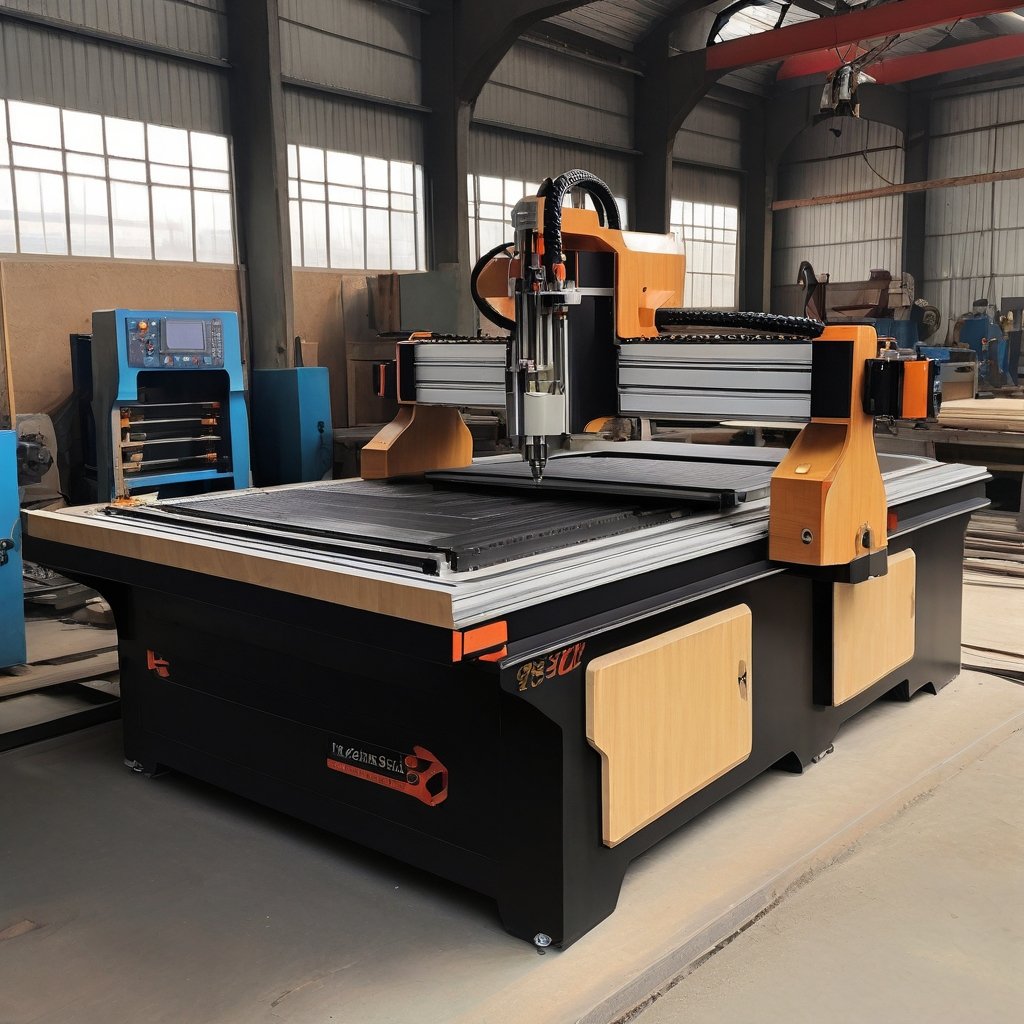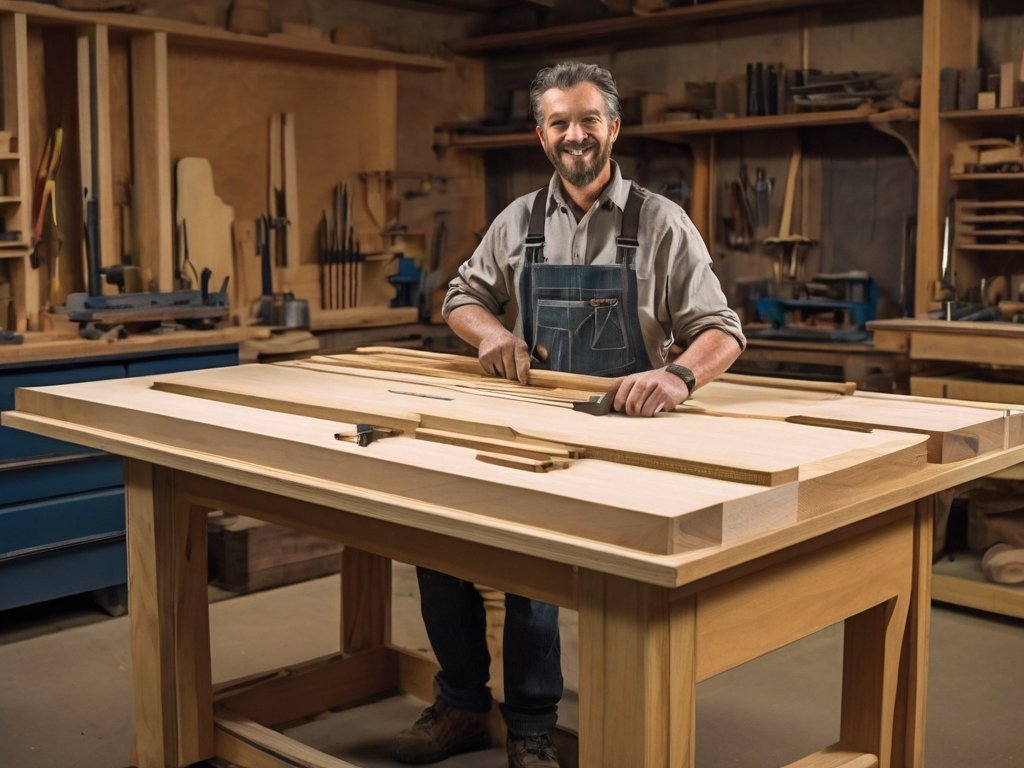Smart Woodworking: Integrating Technology for Precision, Efficiency, and Creativity
In today’s digital age, woodworking is undergoing a renaissance thanks to the integration of technology. Smart woodworking, as it’s known, combines traditional craftsmanship with cutting-edge tools and techniques to enhance precision, streamline workflows, and unlock new creative possibilities. From computer-aided design (CAD) software to CNC (Computer Numerical Control) machines and smart tools, this article explores how modern technology is revolutionizing the art of woodworking and shaping the future of craftsmanship.
The Digital Renaissance in Woodworking Smart woodworking begins with harnessing the power of CAD software. Woodworkers are now utilizing advanced programs to visualize and plan their projects in three dimensions, optimizing designs and making informed decisions before cutting into wood. These software solutions revolutionize the planning process, ensuring precision and minimizing errors.
CNC machining has also become a cornerstone of smart woodworking. These computer-controlled machines allow woodworkers to execute intricate designs with speed and accuracy. From cutting and carving to engraving and routing, CNC machines offer unparalleled precision and consistency, enabling woodworkers to bring their visions to life with ease.
Smart Tools for Woodworkers In the realm of smart woodworking, traditional hand tools are being replaced by connected power tools equipped with smart features and connectivity options. Bluetooth-enabled drills, saws, and routers allow woodworkers to adjust settings and monitor performance wirelessly, improving efficiency and convenience in the workshop.
Additionally, smart dust collection systems automate the extraction of wood particles, keeping the workspace clean and promoting a healthier working environment. These intelligent systems detect sawdust buildup and activate extraction mechanisms automatically, reducing cleanup time and minimizing airborne particles.
Augmented Reality (AR) and Virtual Reality (VR) in Woodworking Augmented reality (AR) and virtual reality (VR) are transforming woodworking by providing immersive design and visualization capabilities. AR apps and devices overlay digital designs onto real-world environments, allowing woodworkers to preview furniture placement, room layouts, and finishes before starting a project.
In the realm of VR, woodworkers can immerse themselves in fully interactive 3D environments, exploring designs from every angle and simulating real-world interactions. VR technology enables craftsmen to collaborate with clients and colleagues in virtual workshops, facilitating communication and enhancing project development.
Sustainable Technology in Woodworking Smart woodworking isn’t just about enhancing efficiency and creativity—it’s also about promoting sustainability. Technology is driving innovation in eco-friendly materials and energy-efficient machinery, reducing environmental impact and promoting responsible stewardship of natural resources.
Engineered wood products made from recycled fibers and biodegradable finishes and adhesives are becoming increasingly popular in smart woodworking projects. These sustainable materials help minimize waste and contribute to a greener, more sustainable woodworking practice.
In conclusion, smart woodworking represents the future of craftsmanship, blending traditional skills with modern technology to achieve precision, efficiency, and creativity. By embracing CAD software, CNC machining, smart tools, AR, VR, and sustainable materials, woodworkers can elevate their craft to new heights while minimizing environmental impact. Whether you’re a seasoned professional or a novice enthusiast, integrating technology into your woodworking practice can unlock a world of possibilities and propel you into the digital age of craftsmanship. Embrace smart woodworking and revolutionize your approach to woodworking today!




1 comment